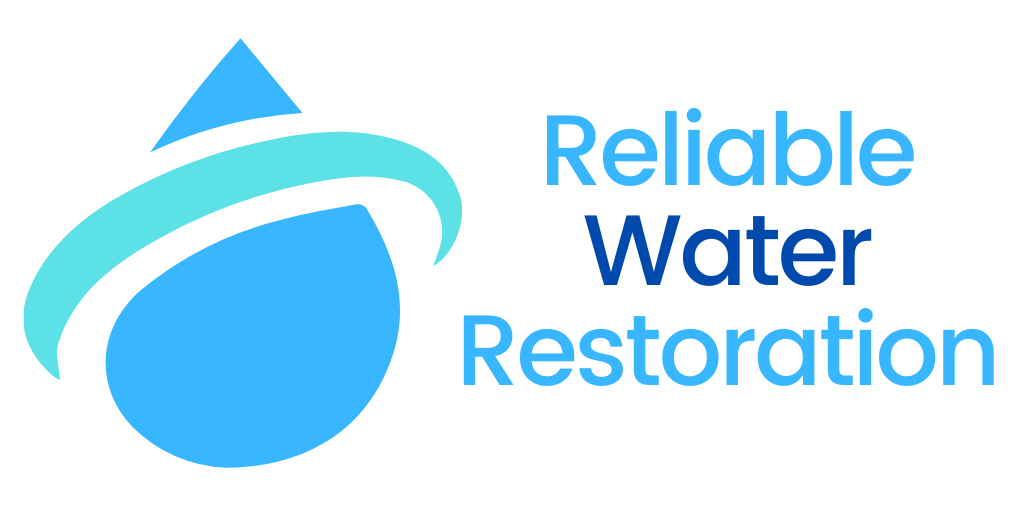Exposure to mold can be really harmful and will also increase the likelihood of respiratory problems for wider populations. Once you spot mold in your home, it’s important to take early action to prevent it from spreading and reduce the long-term effects on your property.
With the potential health risks and property damage that mold can cause, it’s important to make sure you remove this mold as soon as possible.
It may seem like you could just clean up mold with a spray and wipe, but this requires expertise. With so many resources suggesting it, you might be tempted to try this approach, but it’s difficult and will not necessarily work.
How Does A Mold Removal Specialist Remediate Mold?
If you have mold, you might need specialist remediation expertise. Mold remediation often requires specialist equipment and knowledge.
Removing mold is a complicated process and requires more than just a simple wipe-down on surfaces.
Mold is a touchy subject – it can be dangerous and difficult to get rid of, which means any mold damage has to be taken very seriously. Letting pros tackle the problem will help you avoid unnecessary dangers or issues with recurring mold.
We offer a team of mold remediation professionals who can help with your property. The steps they would undertake to solve the problem usually involves:
- Fix Any Moisture Problems FirstIf you think your mold problem has been caused by a leak or other water-related issue, make it a priority to deal with the leak or water problem first. Mold needs moisture in order to grow, so if you still have an underlying water ingress issue it’l make it much harder to removeIf the problem is to do with a naturally humid environment, such as a shower room for example, ventilation may be necessary.
- Isolate Areas of MoldTo avoid cross-contamination, it is imperative to isolate mold before any cleaning can take place. Airflow can cause mold spores to migrate across the structure & lead to contamination.
- Throw Out Absorbent MaterialsMoldy items should be removed since these items cannot properly be cleaned; they should either be sent out or disposed of.For instance, carpets or furniture with fibers in them that could act as a breeding ground for mold even after you may have cleaned them. This means that they need to be thrown out in order to stop the problem from reoccurring.
- Clean Away the MoldOnce the materials that are easily penetrated, such as gypsum board & drywall, have been removed, it is easy to clean up any screw-tops in the planks by removing itAll visible traces of mold will be removed before using an antimicrobial or biocide spray to clean the surfaces. You may have heard of “mold removal” products, but these are not effective treatments for removing the mold itself.
- Thoroughly DryIn order to complete mold mitigation, it is important to first dry out affected materials. This is done using air movers and moisture meters to check whether the material will be safe for use once it has dried.
Mold removal is important, and it requires a lot of preparation. Remember to always wear protective clothing and make sure they can be thrown away afterward.
Read more: What is mold?
They wear gloves, goggles, and protective masks for their safety. This is to avoid inhaling mold spores or running into any health problems.
When Do I Need a Mold Removal Specialist?
Removing large-scale mold infestations requires extensive experience & equipment. You need to be very knowledgeable of all the dangers of mold to do successful work.
Below are some other situations where mold is particularly difficult to remove, meaning you might need our services.
Proper Structural Drying
To avoid mold crawling back up in your house, it is important to dry the structural material and sheetrock.
Reliable Water Restoration provides commercial dehumidification and air purifying equipment and we always ensure that indoor air quality guidelines are followed. This type of large-scale work is particularly important after significant flooding or a large leak.
Simply removing mold without drying your home out fully will lead to mold returning.
Disaster Recovery
If you’ve experienced any flooding, it is crucial to remove all mold as soon as possible. Flood water has a high risk for contamination and must be dealt with by a professional.
Similarly, if your flooded home has any hazardous chemicals or other materials then you need to properly dispose of them. Floodwaters can seep into structures and lead to many health risks if left unchecked which multiply the problems that an area is dealing with after a flood.
Specialized Item Cleaning
Different methods and approaches are required for different types of items during the cleaning process. If you have an item that has been affected by mold and are not completely sure how to best clean it, we can help.
Even if you’ve thoroughly wiped it and used a product with antifungal properties, there is still a chance that mold spores could remain within the fibers.
Mold removal spray does not exist, the mold must be treated by a professional and any spray will work as a wet wipe after.
HVAC System Contamination
Any time there is or could be mold growth in or on the HVAC system of a property, the system has to be investigated by a mold expert.
Mold can spread quickly when it has gotten embedded in your HVAC system. Mold spores move around when the air is circulated, so this would probably occur in any infested area, potentially risking other parts of your home or business.
If you get an HVAC cleaning, not only will the system get moved of dust and other allergens, but any spaces heated or cooled will be thoroughly cleaned for mold.
Check our other offices
